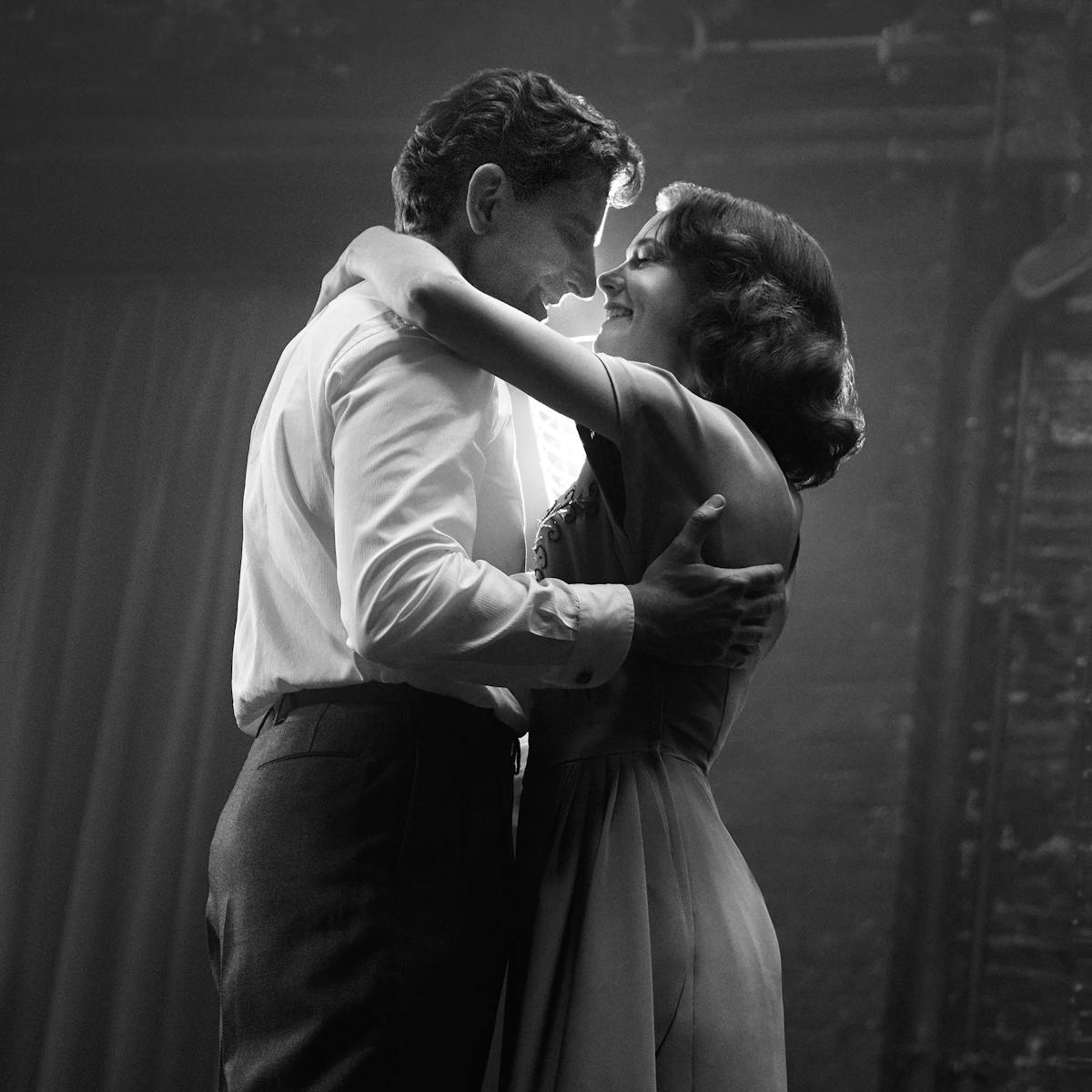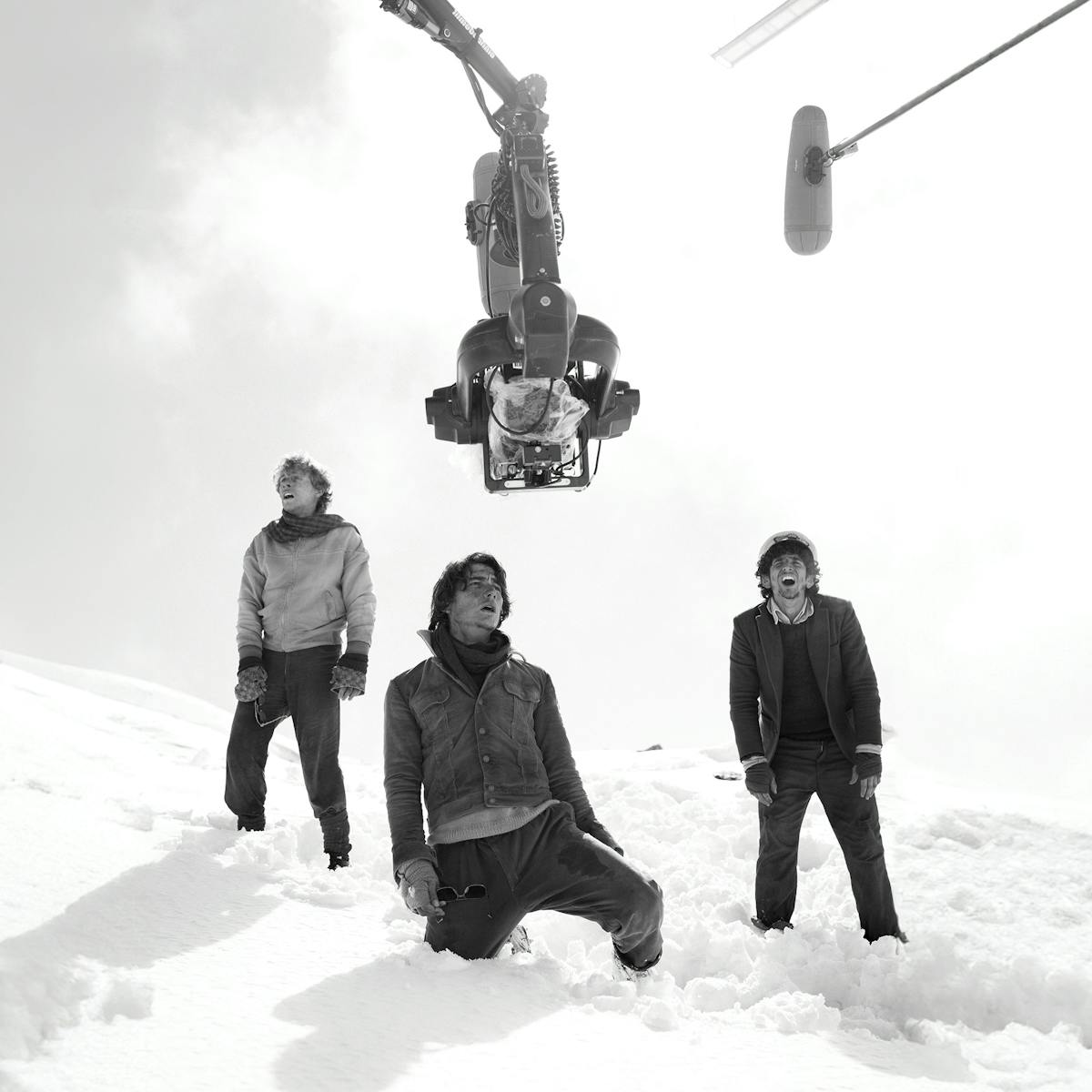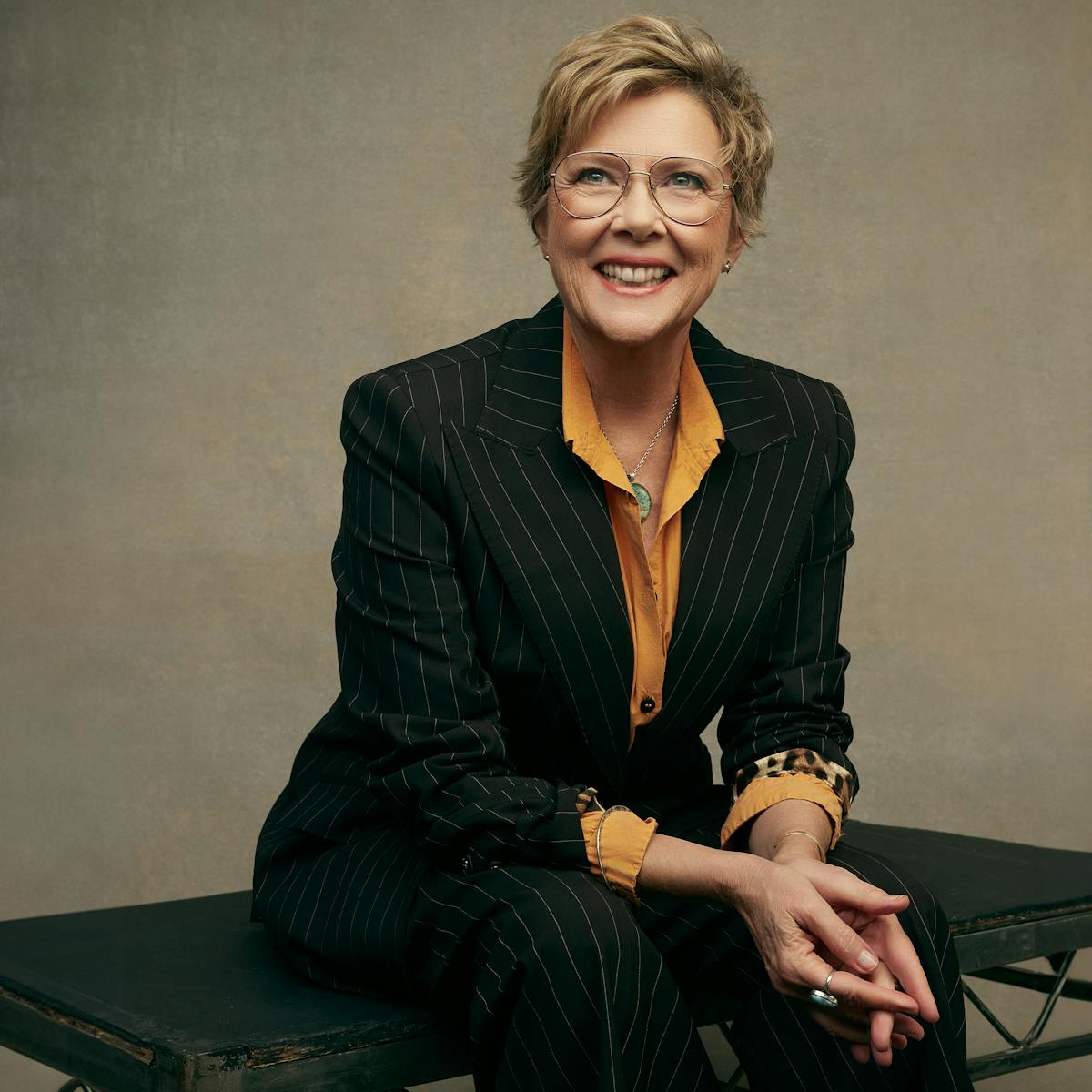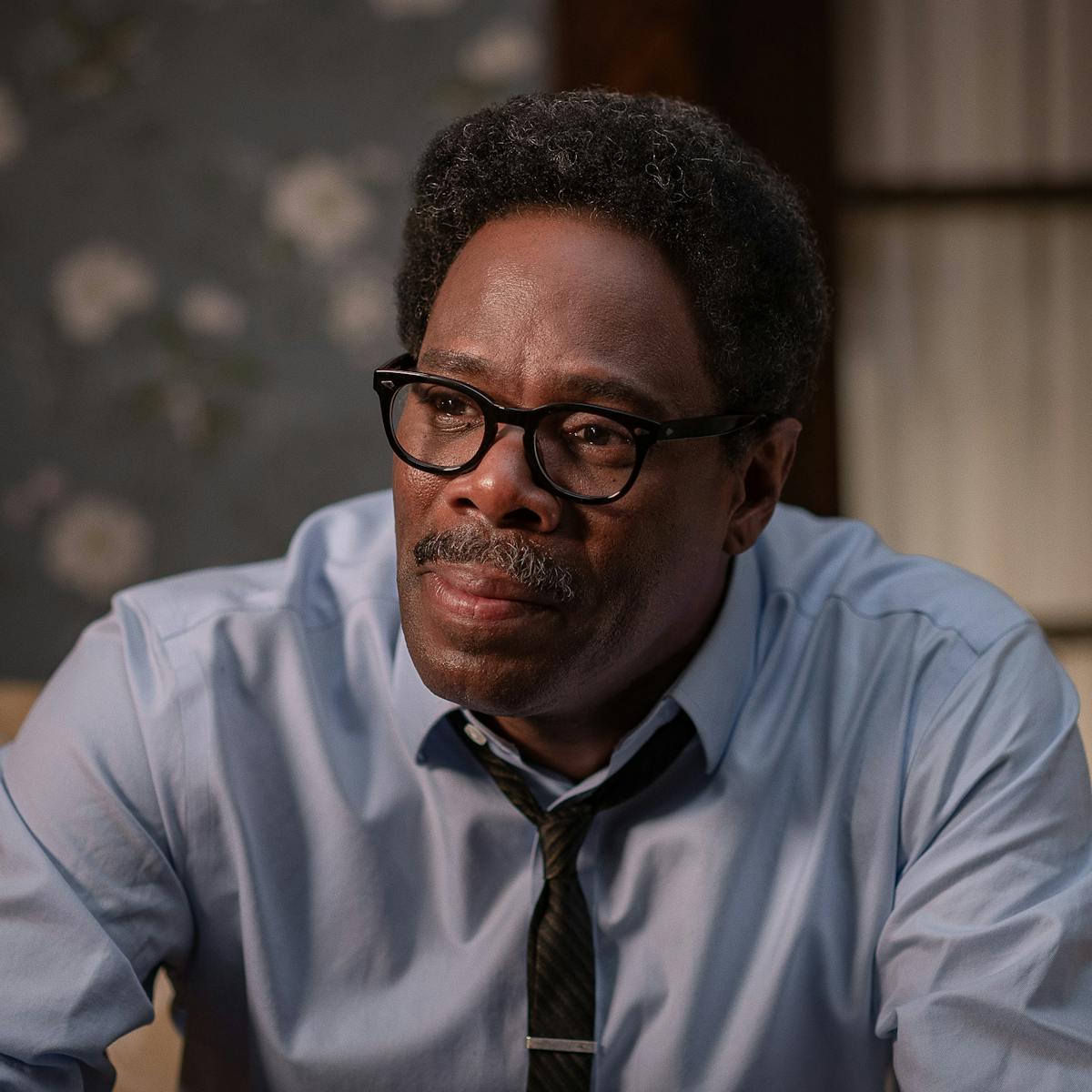The actor is on top of the world after his role in J.A. Bayona's Oscar-nominated survivor film, Society of the Snow.
A few months ago, Enzo Vogrincic had only a few TV, film, and stage credits to his name. Now, he’s on top of the world. The Uruguayan actor has become an online sensation almost overnight thanks to his excellent work in Society of the Snow, director J.A. Bayona’s twice Oscar-nominated film, in which he plays disaster survivor Numa Turcatti.
Born in Montevideo in 1993, the actor, originally from a theater background, made the leap to the big screen with Society of the Snow, a blockbuster that saw him and his fellow actors immersed for more than a year, in the 1972 event that has been referred to as the “miracle of the Andes.” When a plane carrying 45 passengers and crewmembers crashed in a remote area of the mountain range, they were stranded for 72 days. By the time they were discovered, there were only 16 survivors. Here, Vogrincic shares the intense process of working on his first film, an experience that transformed him as an actor and as a person.
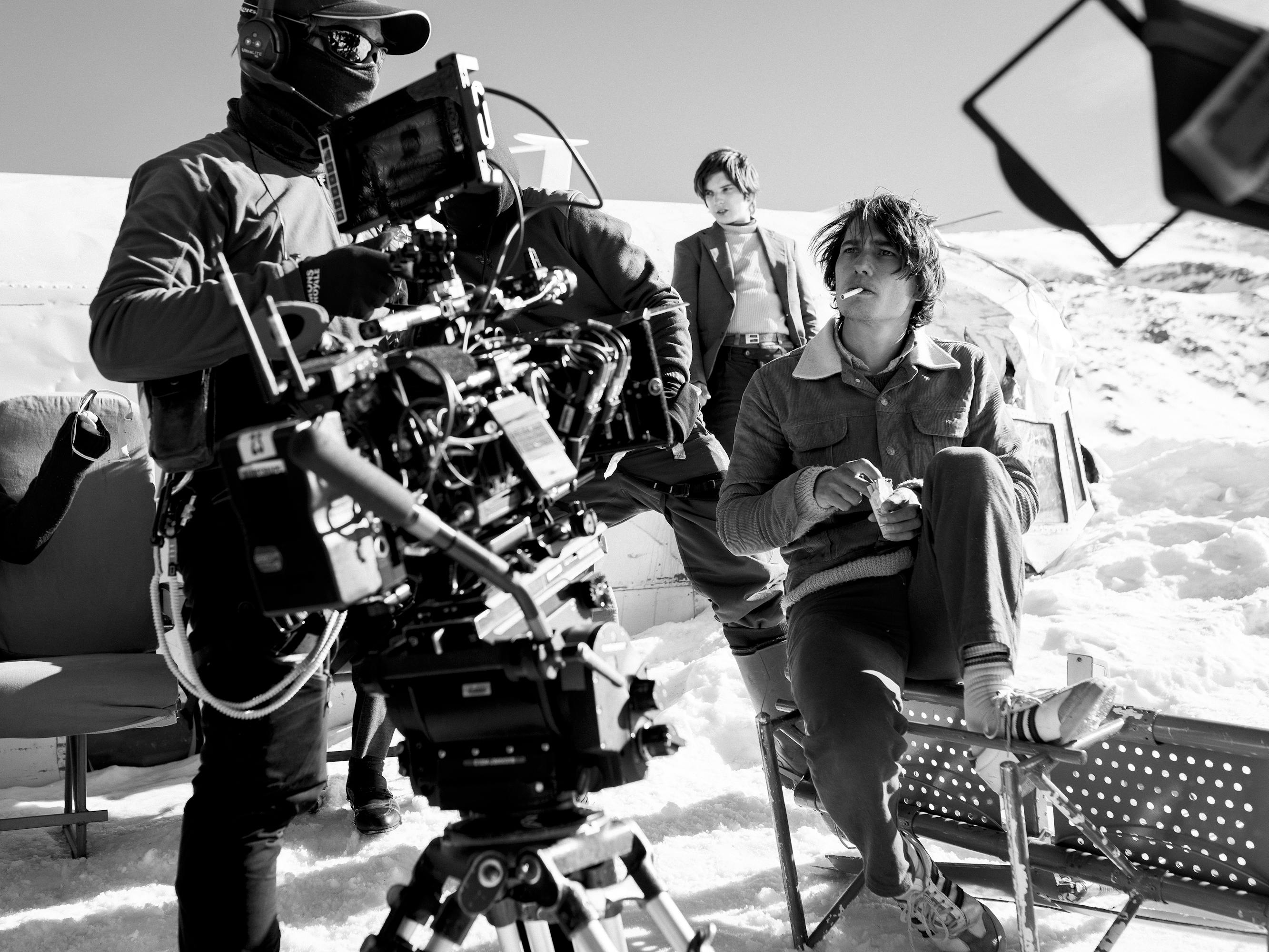
Behind the scenes with Enzo Vogrincic
Pedro J. García: Society of the Snow is your first major film production. What was it like to start out with something on this scale?
Enzo Vogrincic: Two years ago, I was performing theater with my friends. Uruguay’s audiovisual production industry is tiny; it doesn’t exist on this scale. It is almost unthinkable for a Uruguayan actor to be in a production like this; it’s quite unique. At times we would be shooting in the mountains, and we’d look at each other and say, “This can’t be happening.” Somehow, it doesn’t feel entirely real. It’s amazing.
You play the narrator, Numa Turcatti, but at the same time, it’s very much an ensemble film. How would you describe your role alongside the other actors?
EV: It’s the story of a group. Although it’s told through Numa’s eyes, I like the fact that he is still just one of the 45 who witnessed what happened. Bayona could just as easily have concentrated on someone else, and it would still be equally powerful. The story is so extraordinary, it doesn’t matter who the camera is on.
Society of the Snow is based on the book of the same name. What was your personal relationship with the story?
EV: In Uruguay, you know the story from a very young age. When I was 11 or 12, one of the survivors, Gustavo Zerbino, came to speak at our school. Listening to the story in the third person is one thing, but listening to him saying, “When we had to eat my friends . . . ” is quite another. This first-person narrative engages you in a way that changes your perspective on everything. You start to empathize much more.
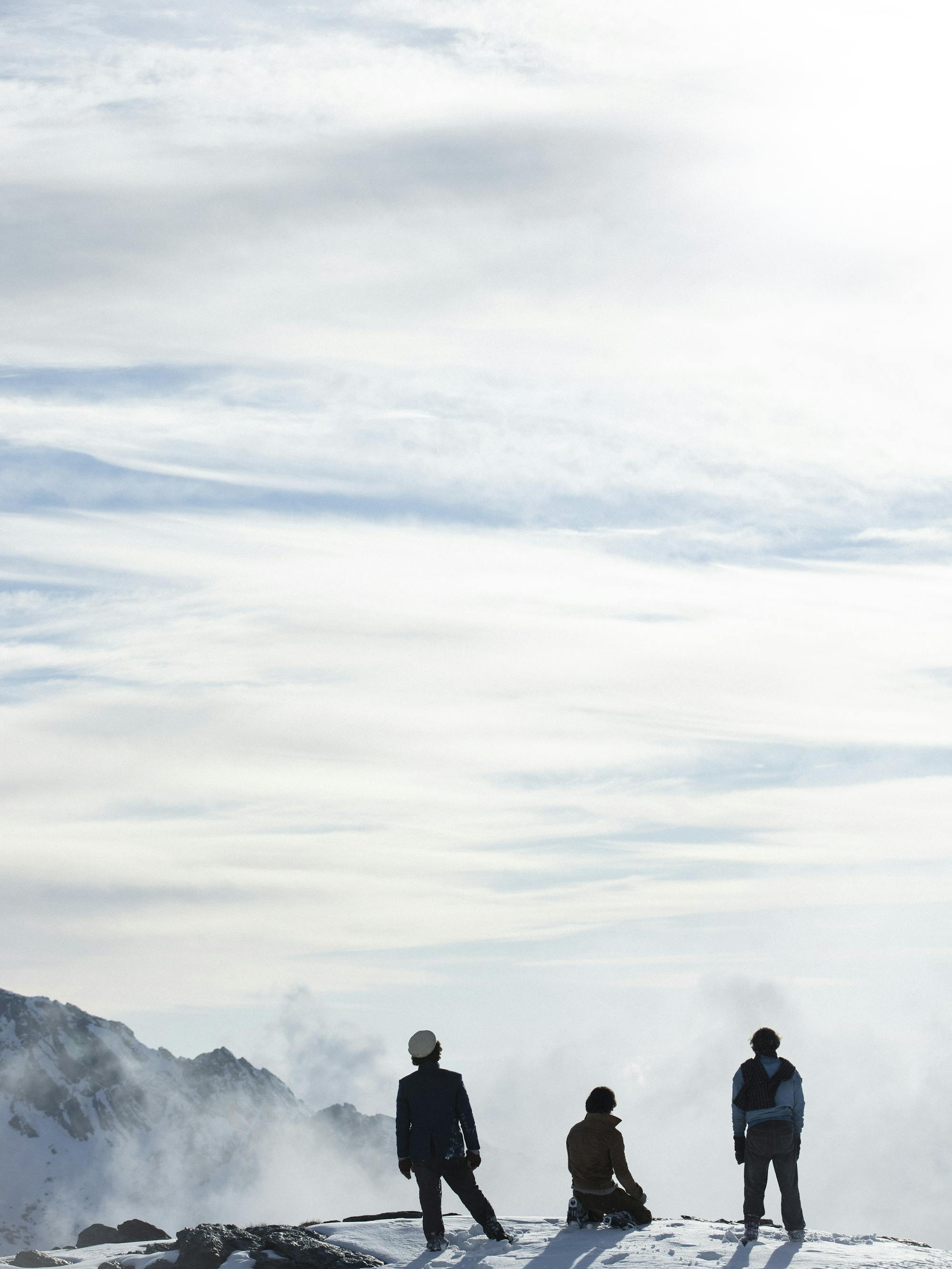
Enzo Vogrincic and other actors
Production took a long time, including six months of casting, two months of rehearsals, and four months of shooting. What was that process like?
EV: It was a school of learning. I bought the book after the first casting session and became fixated on it. When we rediscovered it with the survivors, as we got to know them, the story began to have a wider and deeper significance. I got involved on a personal level. We met their family and friends and I understood that it’s not just about what happened to them, it’s also about their loved ones. It feels like parts of me have grown spiritually.
What exactly did you do in rehearsals? How did this help you prepare for the roles?
EV: We rehearsed for six hours a day. The first script is almost nothing like the end result. We had mind-blowing experiences; for example, we did 40-minute holotropic breathwork sessions to achieve altered states of consciousness. In the second session, something incredible happened to me. Numa appeared before me, and I started talking to him. I asked him to accompany me, to guide me, I talked to him, and he vanished. When I came back, we were told, “Keep that state and show the characters from there.” I started to feel things that had never occurred to me about the character.
What did it mean to you to meet the actual protagonists of the story?
EV: Getting to know the survivors and their families was a way to humanize them. From the first hug, you started to find hidden information about the character. They are still 18 or 19 years old, they still relate to each other in the same way. That’s how you figure out who you’re going to be based on how they express themselves. To this day they still call me Numa. When they hug me, they are also hugging Numa.
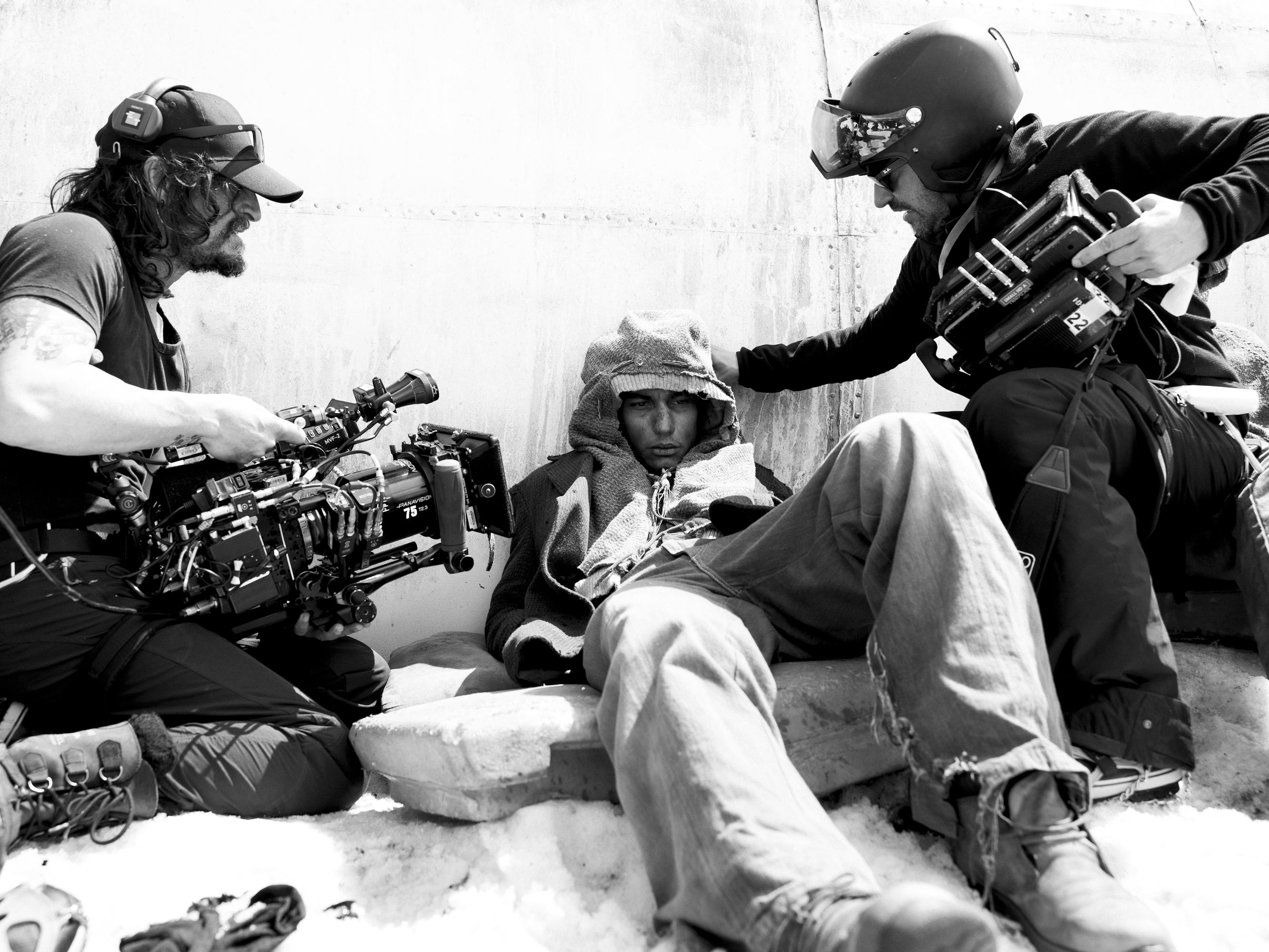
Behind the scenes with Enzo Vogrincic
You filmed chronologically, in the snow, in severe weather conditions. What was it like to experience it in such a realistic and immersive way?
EV: As an actor, you have to invent things all the time. But when the physical elements actually exist, when you stop feeling your feet and there are eight more hours of cold ahead of you, when you know that tomorrow you won’t eat any better, it all works in favor of the story you have to tell. Your acting becomes more natural, and you end up being grateful for it.
Bayona is very painstaking and detailed in his work. What was it like working with him and getting to see his vision from the inside?
EV: Bayona is tireless. We would shoot and he would then set to work thinking about the following day’s scenes, always with a new proposal. As a director, he’s very close to the actor, and that’s crucial. It allowed us to improvise a lot. When you were exhausted, he’d go on a little more. You never felt alone with him. You were never abandoned.
You mentioned food. How tough was it to stick to a strict weight-loss diet to keep up with the character’s weight?
EV: You can’t get used to the feeling of thinking about food all day long. I’ve never had a chance to really interact with my body, and that takes acting to a whole new dimension. It strengthens your discipline and commitment as an actor. I’d do it again. When you are acting, you understand why you are doing it. It takes the profession to a deeper place.
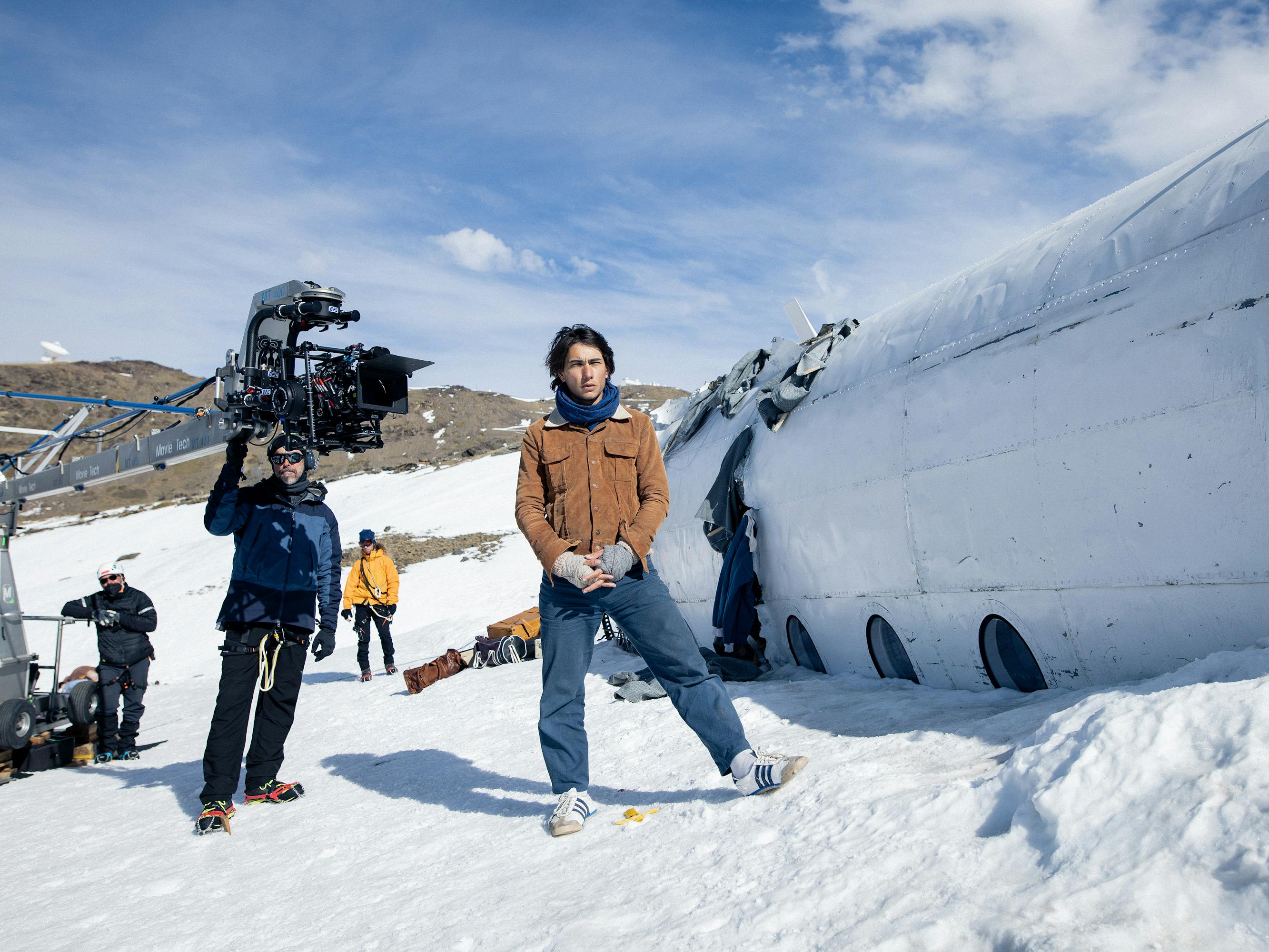
Behind the scenes with Enzo Vogrincic
Did you ever reach your limit, and what did you do when that happened?
EV: When that happened to me, I went to the gym to run for 40 minutes so that I could understand that you always have a little bit more energy. I used to knock on my colleagues’ doors at night and some of them would come with me. But obviously, everyone is different. Others would become bad-tempered and frustrated. You’re always fighting with yourself.
You clearly drew support from each other. Did you form a community like the one shown onscreen?
EV: It was beautiful. During the rehearsal months, we all walked around Barcelona together. There were 25 of us; we saw each other every day and lived in the same hotel. We truly became friends. Working with friends makes a big difference. Everything that occurred in the story became mirrored in ourselves. Friendship ends up holding everything together. It was brilliant of Bayona to get us to become friends beforehand. We still get together to play football to this day.

